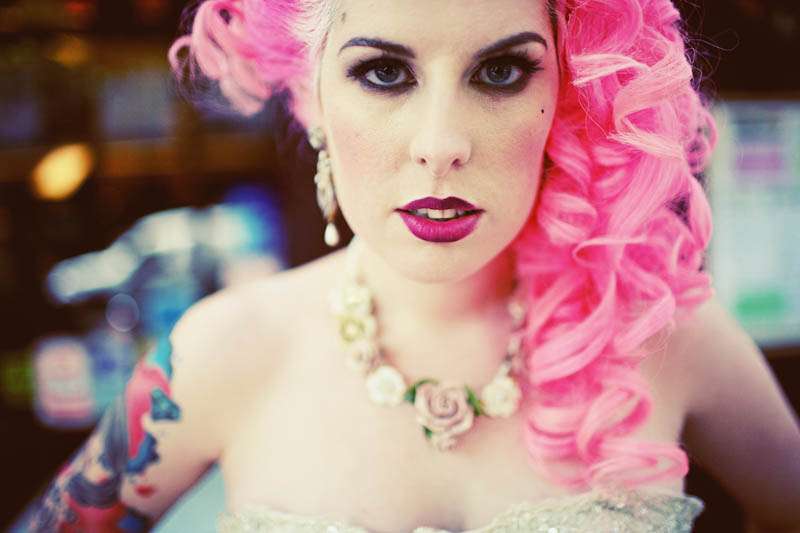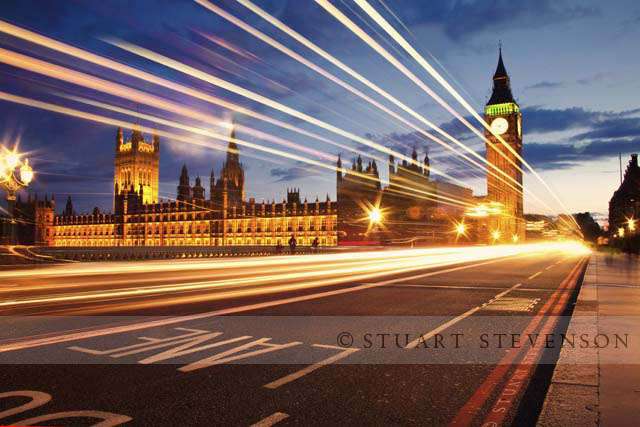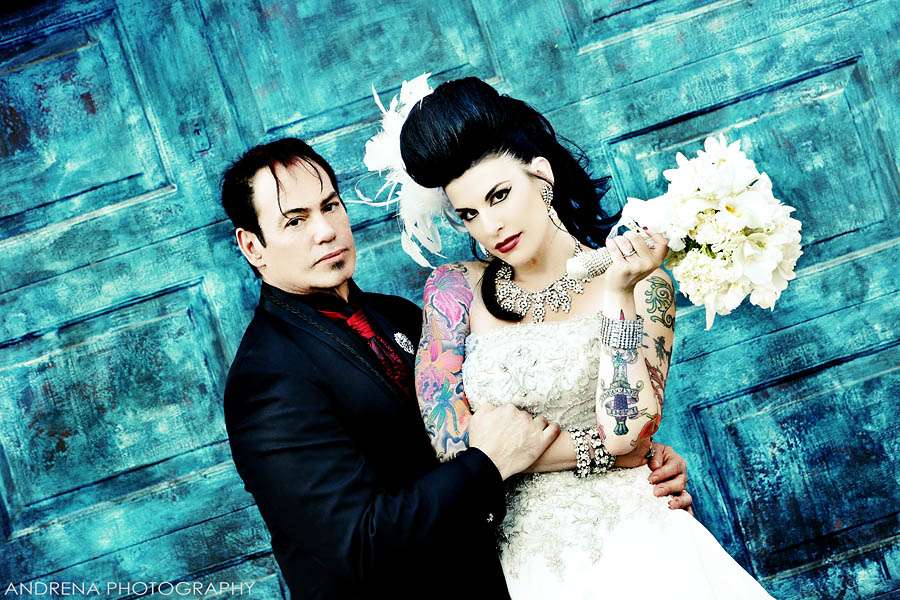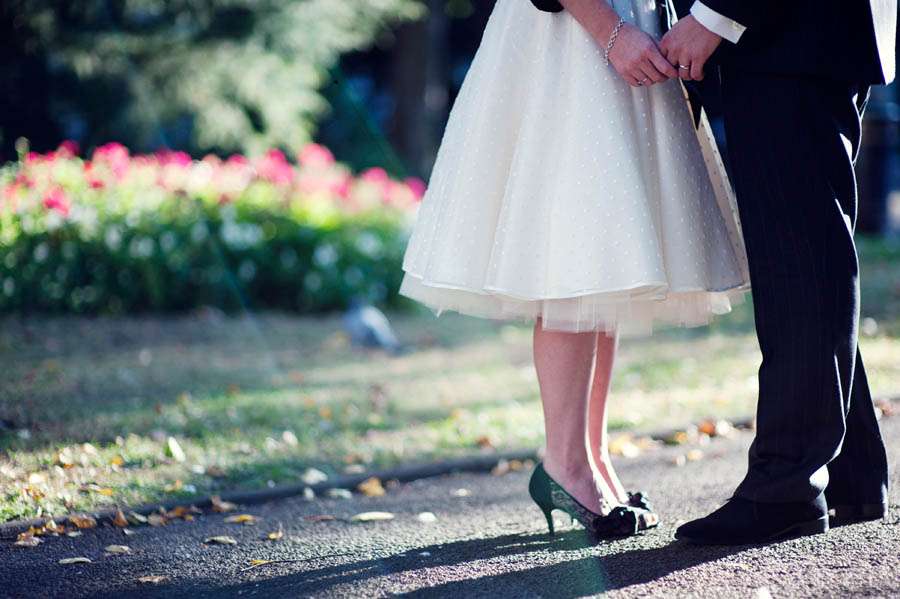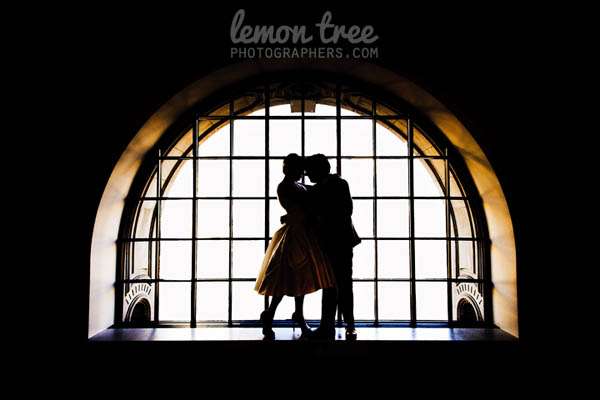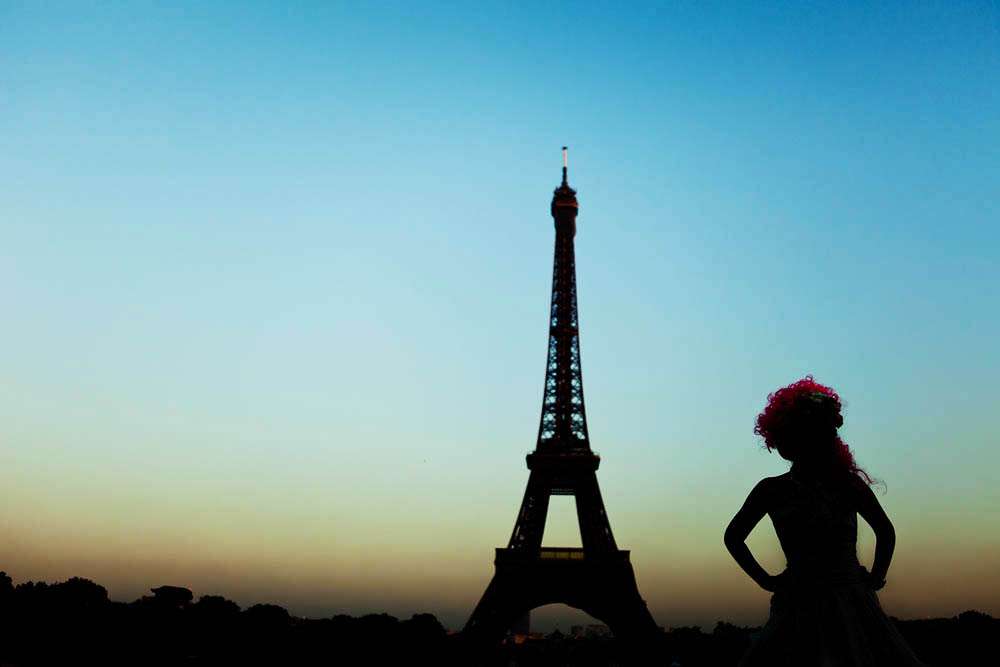Photography Credit: David McNeil Photography
Whether or not to watermark or add a credit line to images published online is always a touchy subject because everyone seems to have a very strong opinion on the matter (as I’ve learnt when researching this article!) It is an issue I have wanted to address for some time and finally feel that, after various discussions with bloggers and photographers alike, I am finally in a position where I am comfortable to open up this debate.
To lay my own opinion out from the beginning – as a blogger, I prefer to see and feature non-watermarked images. However tastefully integrated the watermark or logo may be, my opinion boils down to the fact that the image was not originally conceived with it included, and that therefore the whole concept is compromised by the addition. My job as a wedding blogger is to share inspirational weddings with future brides and to help the photographers I feature get bookings from these brides. In order for me to do both these jobs, I want the images I share to look their best.
This opinion was echoed by all of the wedding bloggers I chatted to. “We feel that watermarks distract from the overall look and feel of an image,” agree The Wedding Chicks, one of the largest wedding blogs in the US. “When we put a featured wedding together, we want all of the images to flow and look cohesive without having the distraction of watermarks.” However this is most definitely not a straightforward cut and dried issue, especially when you get into discussions about ownership, copyright and proper image use online. We work in a visual medium, and whilst I respect and understand an artist’s right to protect their work and their copyright, I am of the opinion that fundamentally images with watermarks are less attractive. I am a publisher, an editor of my own online magazine, and just as a print magazine would not publish images with watermarks on, so I have rejected images where the watermarks distract from the overall impact of the image.
Unlike traditional print media however, an online publication has the problem that the images it publishes can be copied, edited or re-published with just a few clicks of a mouse. There are therefore a large number of photographers who only allow their images to be featured online with watermarks or credit lines on them, especially those who have had their work stolen or misused in the past.
Photography Credit: Stuart Stevenson
Photographer Stuart Stevenson posted some of his images from a trip to London on his Flickr a few years ago. His work was well received and he gained a lot of praise and encouragement from the website community. However one day he discovered that some of his images had been downloaded, printed as postcards and were being sold at a tourist market in the city. “Seeing the image for sale made me sick” he told me. “To me it was a completely different ball game to having a shot re-blogged on tumblr or on someone else’s blog. It also really scared me, because my images were clearly able to be copied at 1024 pixels, and some people thought this was good enough to make prints. Also my portrait work is generally of my kids and the thought of those pictures being used anywhere else made me act quickly by downsizing everything by half, killing off the ability of users to see large views, and slapping on a watermark that takes up roughly one fifth of the image on them.”
“It saddens me to have to resort to this for all the reasons I hated other photographers doing so. I know I’m ruining the user experience for people who enjoyed viewing my work, and I’m sure as I continue the views will fall and the exposure I enjoyed will diminish. What people probably won’t realise is that it also ruins the experience for me too. I enjoyed uploading my work, showing what I had been doing, getting the feedback from around the world and showing large previews for extra detail, but I just can’t risk that anymore. At the moment I am torn between introducing these restrictions and just closing it down altogether.”
Photography Credit: Andrena Photography
Another concern I was presented with was the idea of photographs taking on a ‘second life’ after being published on a blog or elsewhere online. As American photographer Dina Douglass of Andrena Photography explains, “Once a photographer’s image is posted on a blog, it takes on a life of its own beyond that blog’s borders. It is screen captured, saved, emailed, sent to friends, re-blogged, posted on Facebook, indexed by Google Images, and sometimes even printed with a healthy dose of pixilation.”
“It is within this second life that a photographer’s credit becomes ever more important. In the US, proposed orphan works legislation states that if the owner of an image can’t be found after a reasonable effort, then anyone is free to use the image without penalty. In essence, this means that if a photographer’s image does not include a credit, and a company cannot identify the creator of the image and thus decides to use the image in its ad campaign, the photographer will not be able to pursue damages for copyright violation.”
Scary stuff indeed. Luckily for photographers in the UK this law doesn’t apply over here at present, though it did need a tenacious campaign to fight it off prior to the last election.
Photography Credit: Eliza Claire Photography
However there are things you can do to protect your images online without having to ruin the visual impact of your images in the process. Uploading images at a low resolution, disabling ‘right click’ or the ability for users to download are all ways to help protect your images online. Yet it is clear from Stuart’s story in particular that even if you do all of these things there will always be people who may try to steal your images (Stuart’s images were actually printed and sold as postcards with his watermark on!) and that thieves will always find ways to work around such barriers. And there will always be photographers who hate the look of watermarking so much that they are prepared to take their chances in order to keep their images clean.
“I don’t watermark my images, despite having pictures stolen from my site by another ‘photographer,’” Eliza Claire told me. “I dislike the way they look on an image, and I think that if someone wants to steal your images they will, regardless of watermarking (and unless you put the mark right in the centre of the image, it can be easily cropped out). I upload at 900×600 pixels, so it should be too small to be printed out – in theory, at least!”
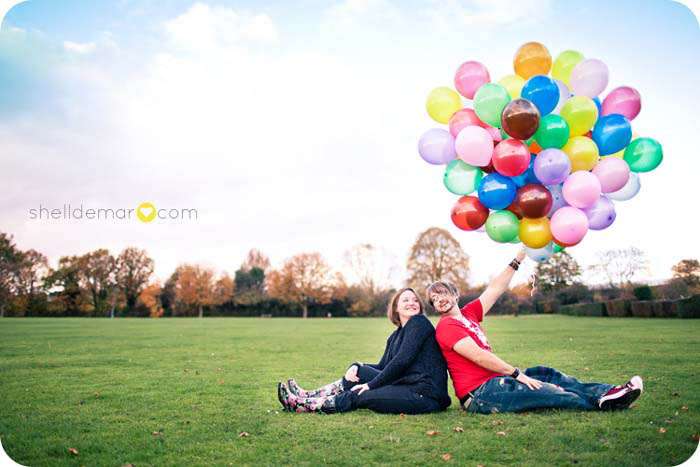
Photography Credit: Shell de Mar Photography
The flipside to this is that the benefits of watermarking are not simply for security but for future brand advertising, “I used to watermark my images heavily due to the bad experience many people I know had,” explains London-based wedding photographer Shell de Mar. “The plus side is I have had enquiries and subsequent bookings from people who have seen a picture with my watermark on while browsing a Facebook page. The downside is that the watermark does become quite a distraction.”
“Because of this I wanted to do away with it but I decided that the benefits of having a watermark outweighed the cons, so as part of my rebranding I changed the watermarking to be a lot less distracting. The pros of a watermark for me are that it is good advertising if the images are used on a clients’ Facebook site or within other social media tools (providing they don’t crop out the watermark of course). I also I feel that watermarks (done well) can sometimes enhance rather than take away from the images. It also makes your images look like part of your brand.”
Photography Credit: Lemon Tree Photographers
Jamie Swanson of Lemon Tree Photographers, who lives and works in Wisconsin, agrees. “With the advancements in digital editing software it’s fairly easy to get rid of most watermarks, even if the watermark is plastered all over the images,” he says, “so using them as a security measure isn’t very effective. People are going to take and share your images. In fact, I generally want them to do this. “This is why I watermark: no one thinks twice about taking a photo from the web for their Facebook profile image. I watermark my images so that people can find my site when they see their friend’s awesome profile picture. It’s easy advertising. These people may crop your watermark out of the photo if it is on the edge, but they aren’t going to do other major editing in order to remove it. I try not to make it terribly noxious, although I do want it to be noticeable.”
However for many, the overall visual impact of the watermark is not something they want included in their images at all – security risk, extra advertising or not. “I believe a watermark gets in the way of the photography and spoils the enjoyment for the viewer,” states David McNeil. “Instead of getting worked up by the handful of people who may use the image in an illegitimate way, I like to focus on working the web to draw more people to my blog and website to generate business that way.”
Photography Credit: David McNeil Photography
“Photography is an art, and just as you would never watermark a painting, you shouldn’t ruin a photograph in that way. No other photographers insist on watermarking everything, so why do wedding photographers? A music video or film has end credits instead of a log of the studio throughout the film. Fashion retail websites will rarely credit the photographer. A track by an unknown band will have an introduction and an end mention on the radio. I’m not saying we shouldn’t be credited, but does every single image have to have your studio name plastered over it?”
“I myself have been victim to my images being stolen – once by a national newspaper and once by a printing shop using one of my images as a display in their window. However even these instances haven’t put me off uploading my work to the internet without watermarks, as I strongly feel that my work speaks better to people without my logo all over it. In both cases I have been able to rectify the situations and, as I’ve said before, it’s worth it from the exposure I’ve gained by my work being featured on professional wedding blogs, who wouldn’t have featured it if it was watermarked.”
The French-flavoured images of me that litter this article and that you will have seen time and time again, are from a photo shoot organised by David and I which took place in Paris in October 2010. Our plan for the shoot was to showcase some new bridal styling ideas on Rock n Roll Bride. We also hoped to get the images featured on some other high profile wedding blogs for extra exposure. We were able to achieve this, with credits wherever they were featured, but without watermarking the images. “No credible blog would ever use a photograph without giving a credit to the photographer who shot the image,” continues David. “In this regard it is no different from having your images featured in a magazine – except the reach might be ten times larger. The business you can pick up through a blog feature can be phenomenal and can completely turn businesses around. Our Paris shoot was legitimately featured on blogs all over the world – no watermarks, but credit and links were given.”
If all these opinions can teach us anything, it is that there truly are two sides to this story, and there probably always will be. Even with a discrete watermark on his images Stuart Stevenson’s work was stolen, yet David McNeil credits a lot of his exposure (and future bookings) to online features and without watermarks. These blogs wouldn’t have published his work if it had been watermarked and David, as well as countless others, is convinced that publishing un-watermarked work online is a risk worth taking.
Photography Credit: David McNeil Photography
This article was written as part of my monthly ‘Best of Blogs’ column for Photo Professional Magazine, and was originally published in February 2011. The magazine is available throughout the UK in all good newsagents.

